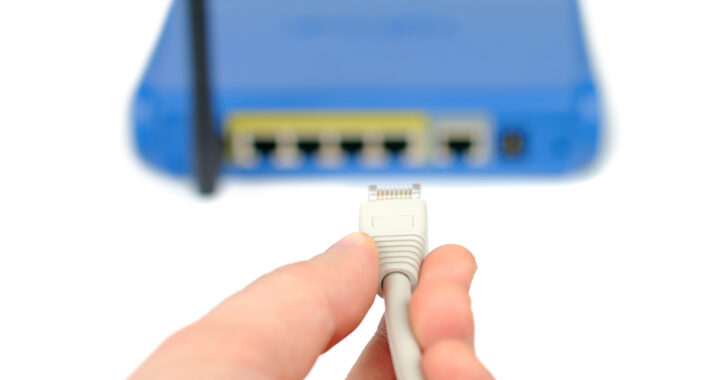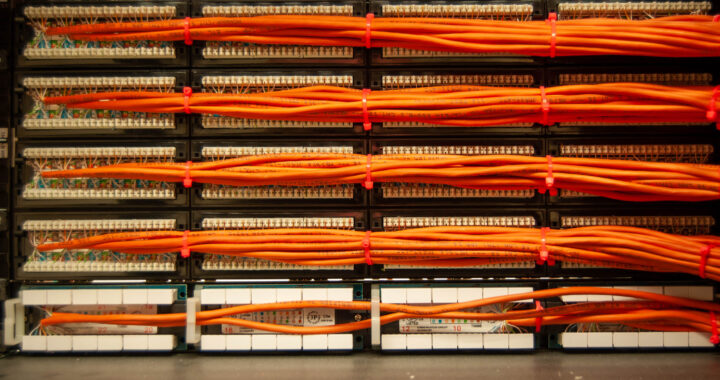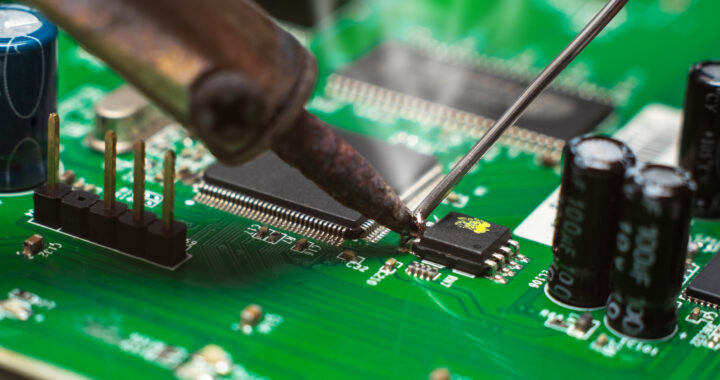In a world where you can make calls, process information, listen to music, and watch television, all without plugging into a phone or data cable, it would be easy to believe that cabling infrastructure no longer matters. And while you’d be forgiven for that misconception, it’s a mistake nonetheless.
You see, just as sticking with landlines for your phone system to avoid calls going over the internet is ineffective because almost every call goes over the internet at some point in its lifetime, nothing is entirely wireless, either. Effective, secure networks run at some point over sound cabling infrastructure. Hence, the title of today’s blog, Cabling Infrastructure and Wireless Networks Go Hand in Hand.
Computers Go From Huge and Rare To Common and Smaller
Like RCI, computers have come a long way in the last 50 years. Five decades ago, computers were only part of the most advanced office environments. And those computers were massive!
Throughout the 80s, computers became more commonplace (and smaller). By the mid-90s, with the explosion of internet availability, nearly every workstation in every American office had a PC plugged into the wall and dial-up internet.
Installing New Cabling Infrastructure for the Internet Age
While RCI began in telephone system sales and service, phone systems were (and are), at their core, very reliable computers with a specific function. So, it was natural that as computers became as commonplace as phones on modern office desks, RCI would venture into servicing them.
But offices weren’t built to have a jack for a PC and a phone for every desk. So soon, we were also running new cables. But as anyone who works in an office converted from an older home or church knows, new cabling is a massive undertaking for many buildings!
While modern office buildings are generally built with space in the ceiling to leave room for conduit and an understanding that things change, turn-of-the-century buildings were not! So, wireless technology became a significant trouble and money-saver.
Wireless Networks
The first wireless router was invented in 1997, probably by someone who had to cable a lot of churches. And it allowed companies to avoid cabling in the more challenging parts of their buildings. Like all technology, the earliest versions were less reliable than their subsequent improvements.
Of course, the 90s brought another ubiquitous technology, too – cell phones. And as we passed into the new century post-Y2K, cell phones began to be for much more than making calls and playing snake!
Soon, people were using their cell phones as mini computers. And if they were expected to do that at work, they shouldn’t be expected to use their own data (or back a little further, minutes).
BYOD
Today, even our desk phones can work off of wireless networks! You can even have a virtual desk phone on your cell phone, desktop, laptop, or tablet. The practice of installing a desk phone app on another device is known as Bring Your Own Device or BYOD. And with it, we’ve passed beyond the need for cabling infrastructure and into the wireless-only age, right?
Not so fast.
Cabling Infrastructure and Wireless Networks
While data closets might not look the way RCI’s longest-serving employees remember, they’re still a necessary part of any business’s IT plan. Even wireless technology connects to cabling infrastructure at some point.
We still get our cabling from an ISP (Internet Service Provider) and connect our servers and other wired equipment to it. For some businesses, that’s a lot less cabling than it used to be, but for others, cabling still plays an outsized role compared to wireless. There can be many reasons for this.
Security
Security may be essential depending on what you’re connecting to the internet. And the more important your security is, the less likely you are to want to trust it to a wireless signal. When people can pick up credit card information by walking by you with a kit they bought from Amazon, many people don’t want to leave their surveillance cameras, servers, or other sensitive data open to potential interference.
Reliability
For much of the business technology you use in your office, if you lose electricity, you also lose connectivity. But backup options like landlines are available for your most sensitive information. Though wireless has come a long way since 1997, it still doesn’t have the same solidity as something that’s literally solid.
Ease
Finally, when an office already has the necessary cabling infrastructure in place, why should it use it? Cabling is easy to use when it’s already there. It’s only the installation that can be tricky.
Using Cabling Infrastructure with Wireless Technology for the Best of Both Worlds
Though you can find extremes at either end of the spectrum, most modern office environments use a combination of cabling infrastructure and wireless technology. Cabling creates the essential backbone, and wireless tech reaches the places that cabling can’t, either because of location or the way it was built.
If you want to understand how best to use cabling infrastructure and wireless technology, contact the pros at RCI!


